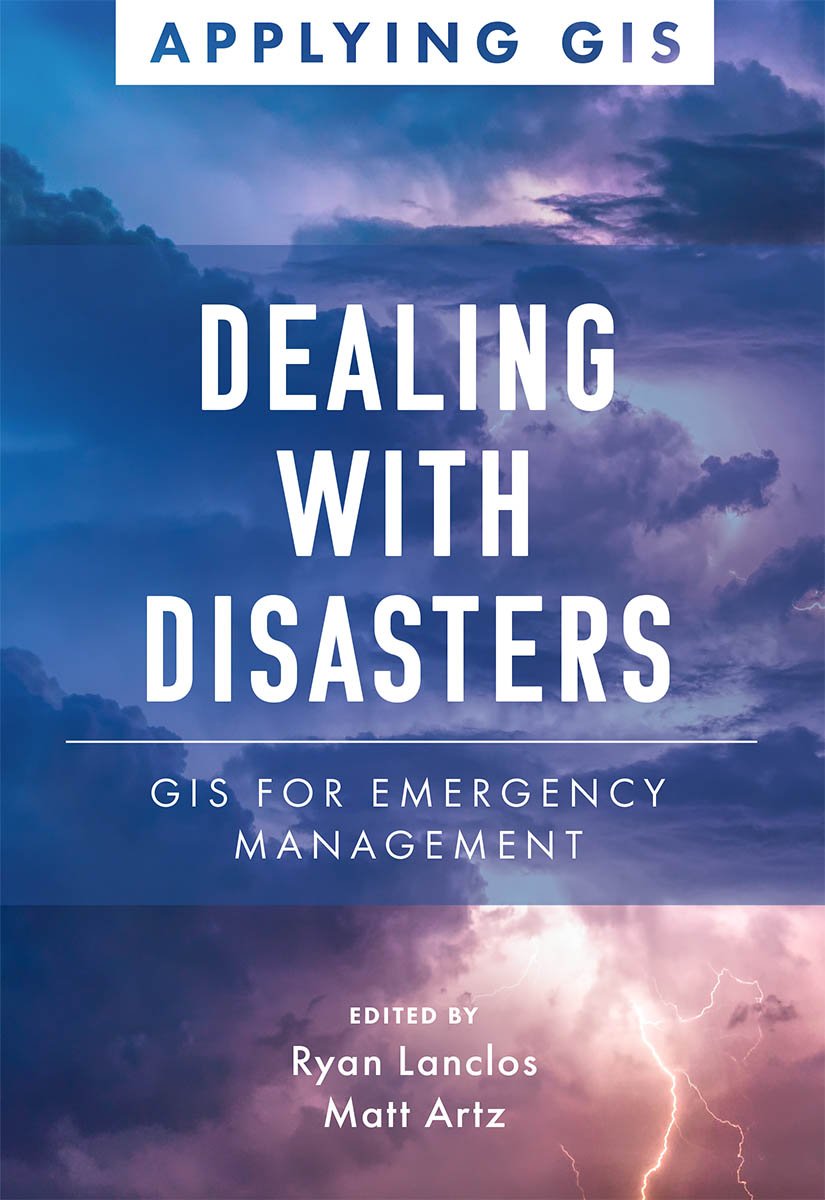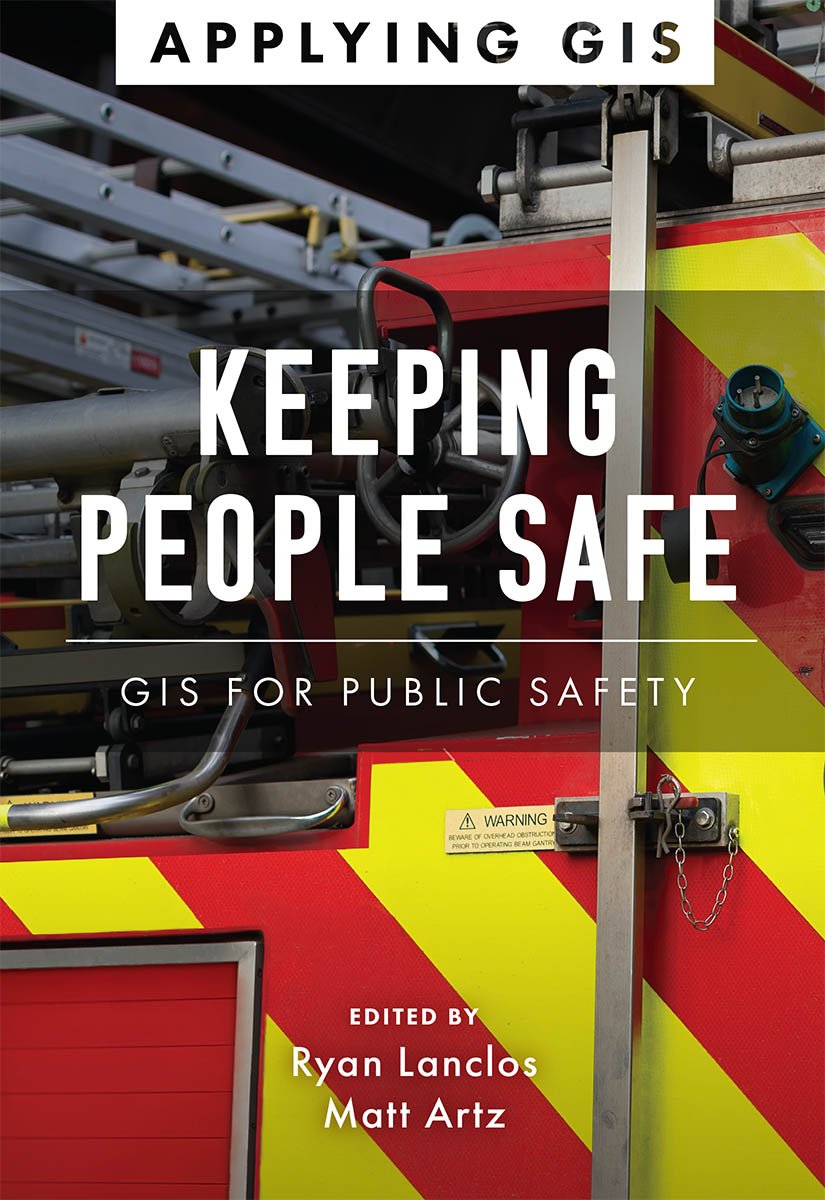Moving Forward
GIS for Transportation

Drive innovation, expand capacity, coordinate maintenance, and reduce costs.
Location intelligence is changing the way transportation agencies and departments protect and maintain their infrastructure and achieve operational excellence. Mapping plays a big part, but geospatial analytics, real-time dashboards, and mobile applications are driving new, more efficient workflows and paving the way for innovative, cost-effective solutions.
With advancements in smart technologies, location intelligence for transportation management is not just for GIS specialists. In Moving Forward: GIS for Transportation, see how ports, airports, transit authorities, and departments of transportation around the world have implemented geographic information systems (GIS) to visualize and analyze data for operational efficiency, safety and security, asset management, and planning and sustainability.
In this collection of case studies and guidance, learn about how GIS was used to:
· Expand airport capacity within limited space, while saving millions.
· Centralize multi-faceted port security for monitoring daily operations.
· Coordinate daily transit maintenance work on $1 trillion in hard assets.
· Plan modern data governance for a state-wide department of transportation.
Through web apps, online maps, dashboards, and other GIS solutions, transportation professionals develop a deeper understanding of infrastructure maintenance and operational performance within a real-world context, increasing efficiency, while improving communication and collaboration.
Discover how GIS and location intelligence are helping transportation organizations strengthen their ability to maintain roads and highways, railway systems, and other vital infrastructures with Moving Forward: Applying GIS for Transportation.






